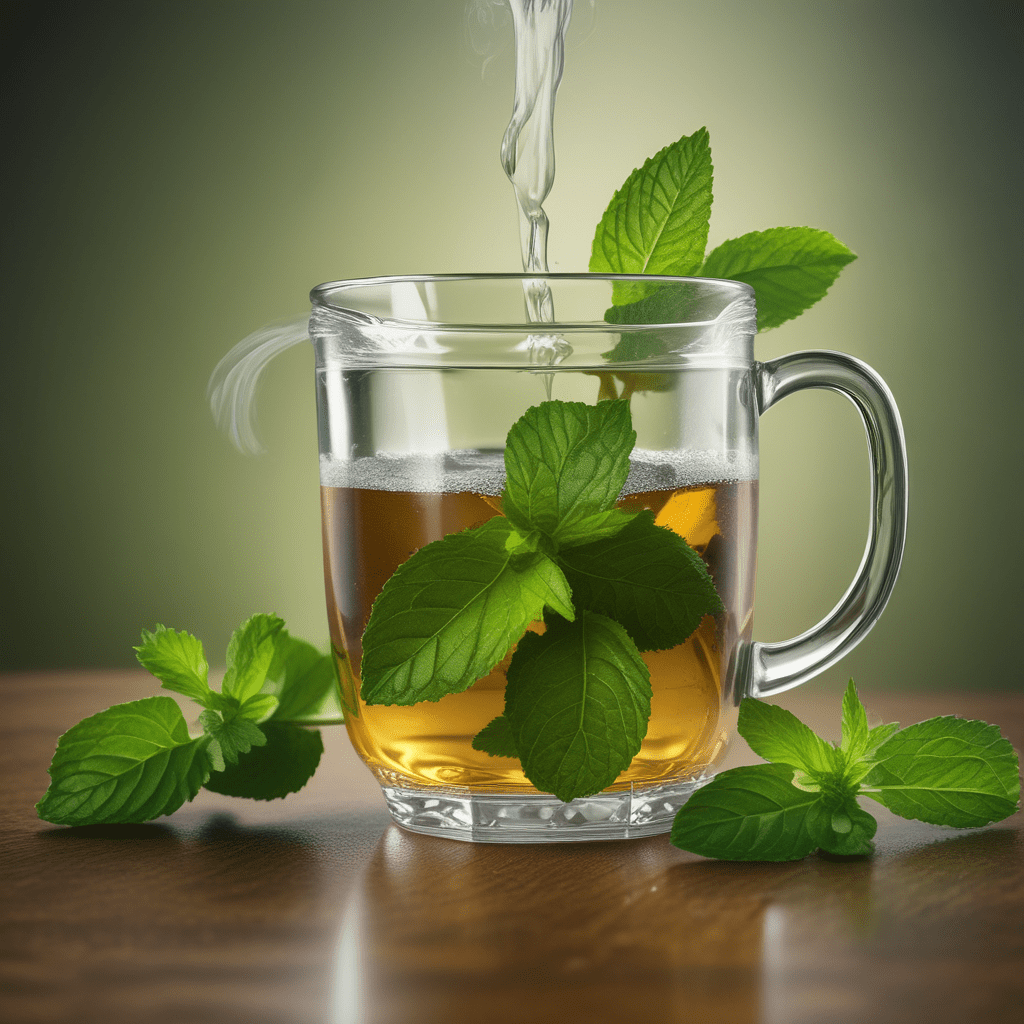Exploring the Spiritual Depth of Japanese Tea Ceremony
I. Introduction:
Nestled at the heart of Japanese culture, the tea ceremony transcends its mere act of beverage preparation. Steeped in centuries of tradition, it embodies a profound spiritual experience that resonates with the very essence of Japanese aesthetics and philosophy. The tea ceremony, known as "chanoyu" in Japanese, is an intricate ritual that blends art, mindfulness, and a deep appreciation for nature.
II. The Four Pillars of the Tea Ceremony:
Four fundamental principles underpin the spiritual depth of the tea ceremony: harmony (Wa), respect (Kei), purity (Sei), and tranquility (Jaku). These principles guide every aspect of the ceremony, from the preparation of the tea to the etiquette of the participants. Harmony emphasizes the creation of a harmonious atmosphere between the host, guests, and the surroundings. Respect embodies the utmost reverence for the tea utensils, the tea master, and fellow participants. Purity represents the cleansing of both the physical and spiritual realms, symbolized by the meticulous preparation of the tea and the tea room's minimalistic decor. Tranquility encapsulates the essence of the ceremony, fostering a serene and meditative state of mind.
VI. Symbolism and Metaphor in the Tea Ceremony:
The tea ceremony abounds with profound symbolism and metaphor. The tea bowl, often handcrafted from simple materials, represents the universe in miniature. Its shape, glaze, and texture evoke the vastness and complexity of existence. The tea whisk, made from bamboo, symbolizes purification and the gentle stirring of the water, reminiscent of the wind rustling through the bamboo groves. Each element of the ceremony holds a deeper meaning, connecting the participants to the natural world and the spiritual realm.
VII. The Role of the Tea Master:
The tea master, known as the "teishu," plays a pivotal role in guiding the participants through the spiritual experience of the tea ceremony. They possess a deep knowledge of the tea ritual, the utensils, and the Zen principles that underpin the practice. The tea master ensures that the ceremony unfolds seamlessly, fostering an atmosphere of harmony, respect, and tranquility. They embody the spirit of hospitality, welcoming the guests into their sacred space.
VIII. The Transformative Power of the Tea Ceremony:
The tea ceremony has a profound transformative power on its participants. It fosters inner peace and harmony by promoting mindfulness and the appreciation of the present moment. The simple yet elegant gestures, the focus on beauty and nature, and the shared experience create a sanctuary for reflection and introspection. The ceremony cultivates aesthetic appreciation and cultural awareness, deepening the connection to Japanese tradition and the beauty of everyday life.
IX. The Legacy of the Tea Ceremony:
The Japanese tea ceremony has endured as a cultural treasure for centuries, preserving the rich heritage of Japan's artistic and spiritual traditions. It continues to be widely practiced and revered, with tea schools and practitioners dedicated to perpetuating its teachings. The tea ceremony's timeless spiritual depth and enduring relevance have ensured its place as a beloved and integral part of Japanese culture.
X. Conclusion:
The Japanese tea ceremony is a mesmerizing blend of art, spirituality, and tradition that offers a profound path to inner peace, mindfulness, and cultural enrichment. Rooted in Zen principles and imbued with rich symbolism, the ceremony transcends its function as a mere beverage preparation, becoming a transformative experience that connects participants to nature, beauty, and the present moment. The tea ceremony remains a timeless testament to the Japanese spirit of refinement, harmony, and enduring cultural legacy.
FAQ:
What is the purpose of the tea ceremony?
- The tea ceremony aims to foster inner peace, harmony, and mindfulness through a shared experience that celebrates beauty, nature, and tradition.
What are the different types of tea ceremonies?
- There are various tea ceremony schools in Japan, each with its unique style and traditions. The most common types include the formal "chado" and the more informal "senchado."
What is the significance of the tea room?
- The tea room is designed to create a serene and intimate setting for the tea ceremony. It often features a simple and minimalist aesthetic, with natural materials and elements that evoke tranquility and harmony.
Can I participate in a tea ceremony if I am not Japanese?
- Yes, tea ceremonies are open to people of all backgrounds and cultures. There are many tea schools and practitioners worldwide that welcome international guests.
How can I learn more about the tea ceremony?
- Several resources are available to learn about the tea ceremony, including books, documentaries, and workshops. You can also visit tea schools and museums dedicated to tea culture to gain a deeper understanding and appreciation of this ancient tradition.


